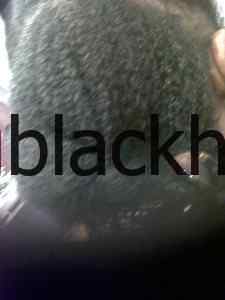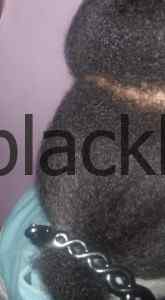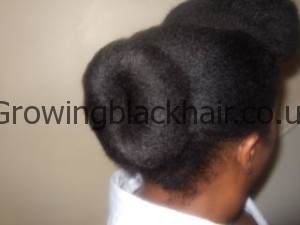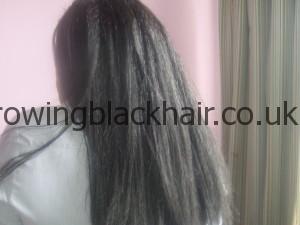A common problem that many kinky and tightly coiled naturals face is single strand knotting, Single strand knots occur when individual kinky, coiled strands wrap around themselves or connect and entwine with other strands. Such knotting often increase when textured hair is allowed to shrink back tightly to the scalp after cleansing and is worn in this shrunken state. Wash and gos, braid outs and twist outs are common triggers for single strand knotting, especially in longer natural hair.
The massive and annoying tangling and breakage that results from single strand knotting can work against length retention in natural hair quite dramatically
When wearing my hair out – I normally snip about 3 knots a week – that’s a lot of hair!
Keeping strands moisturized and protein balanced and oiled does help!
Reducing styling manipulation by wearing buns helps protect against knotting.
Stretching with a blow dryer helps greatly! but to keep the hair from drying out stretching the hair with elastic bands (ponytail holders) along the length of the hair to keep it stretched. Banding can be done on wet or dry hair: however wet or damp hair will lengthen more easily. The technique is to separate hair into eight to ten sections. Dampen and detangle one section of hair at a time and place a band at the start, middle and end, allow to dry. Alternatively a hooded dryer may be used.
The result will be stretched out, lengthier natural tresses!
How do you keep your knots at bay?
..












